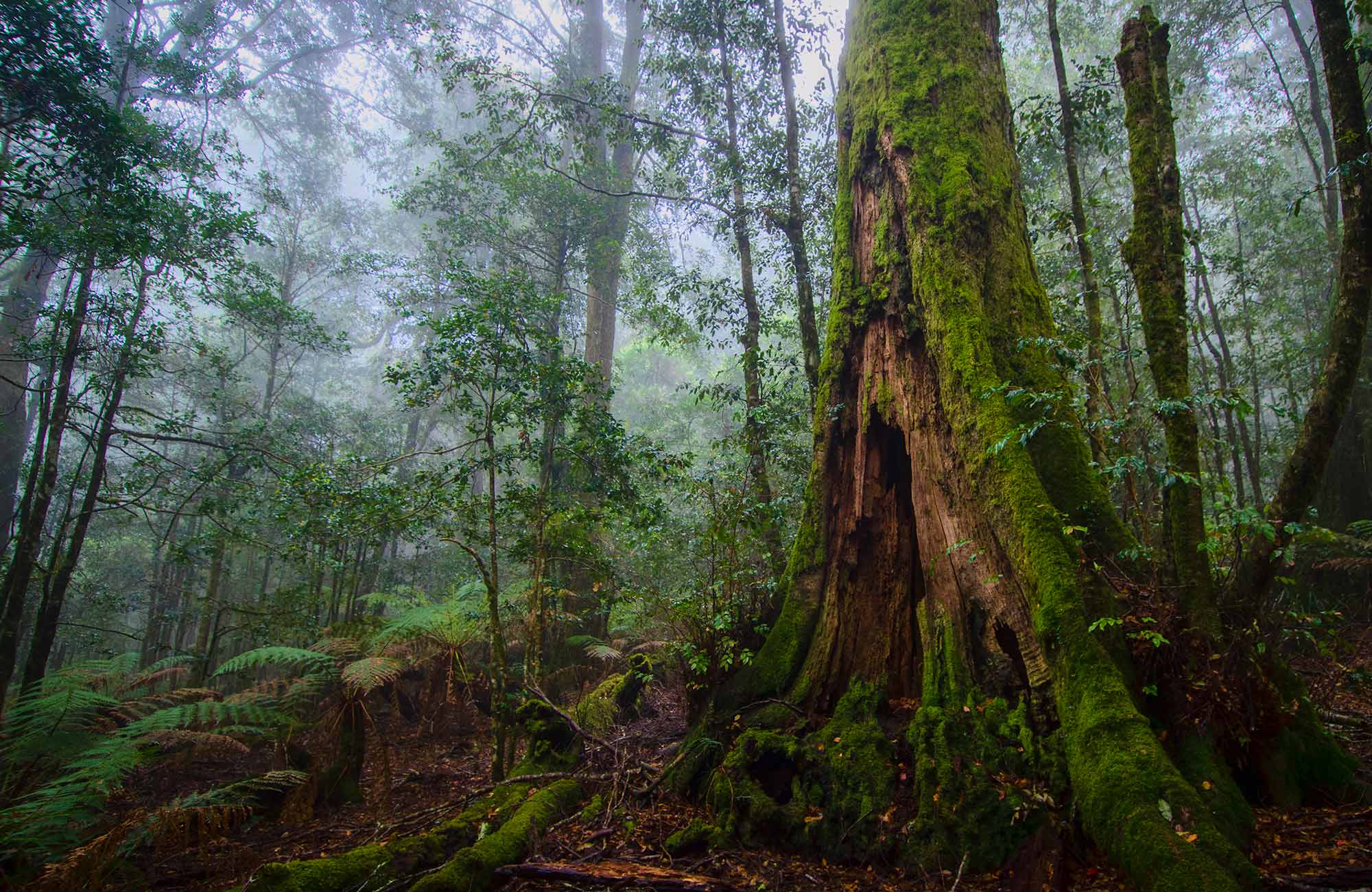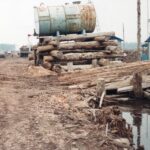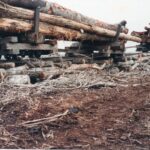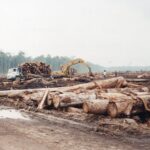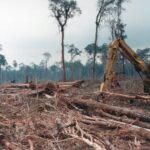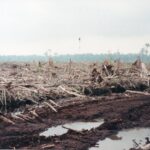The Victorian Minister for Agriculture has written to SETA to advise:
Thank you for your email dated 27 November 2021, regarding timber industry stand downs and supply issues arising from third-party litigation against VicForests. These issues are of concern to the government who remains committed to the successful delivery of the Victorian Forestry Plan.
As you are aware, in July 2020 the Victorian Government announced it would commission a broad-ranging review to safeguard the Victorian Forestry Plan and the regional jobs and environmental protections it will deliver.
The primary instrument for regulating timber harvesting operations in Victoria is the Code of Practice for Timber Production (the Code). The Victorian Government initiated a review of the Code to minimise the risk to short-term supply obligations arising from third-party litigation, ensure it remains fit-for-purpose and facilitates the implementation of the Victorian Forestry Plan, strengthen the regulatory powers available to the Conservation Regulator and identify regulatory reforms informed by the 2019-20 bushfires.
Following an assessment of public consultation feedback, the Minister for Energy, Environment and Climate Change recently implemented the 2021 variations to the Code. The amendments significantly improve the clarity of the Code and address a number of deficiencies raised by the industry and community. The most significant change to the Code includes restoring a clear definition of the Precautionary Principle, based on internationally recognised language used by the United Nations, to address third-party litigation arising from ambiguities in the Code.
The Department of Environment, Land, Water and Planning is continuing to examine aspects of the Code that may require amendment in the short-term and will undertake a comprehensive review of the Code by December 2023, as required by Victoria’s Regional Forest Agreements.
I have requested my department to identify pathways to the immediate release and utilisation of storm damaged timber and other alternative sources of supply to address any immediate shortfalls in timber supply being experienced.
On 17 December 2021, the Victorian Government reaffirmed its commitment to the $120 million Victorian Forestry Plan with more than $80 million in new funding announced to support the native timber industry and to secure native timber supply until 2030. The enhanced Victorian Forestry Plan includes an opt out package and increased redundancy payments for workers up to $120,000.
Additional business support will also be available through the expansion of the successful Victorian Timber Innovation Fund and the Forestry Business Transition Vouchers by $20 million. To secure native timber supply, the Victorian Government will amend legislation and make further changes to the Code to clarify the regulatory environment for timber harvesting. Further support will be available right throughout the transition process to 2030.
The SETA response to the Minister follows:
Thank you for your response to concerns raised in my earlier email. Since my email, I assume the Minister would be aware that the impacts of third-party litigation has gotten significantly worse. The government seems to have no plan to address the legal loophole that allows activist groups to wage law-fare against VicForests. The consequential impact on forest workers their families and communities is socially and economically destructive.
Consequently your advice on $200 million one off Forestry Plan funding delivers little comfort to those communities, that according to a recent Timber Towns Victoria report, will lose $1.4 billion dollars annually, once the Victorian native forest industry is terminated.
Affected communities have a number of questions that government announcements have not yet addressed:
1. What will the government do to replace the skilled operators and heavy equipment that will no longer be readily available for bushfire fighting? The further reduction in this critical fire fighting resource will ensure future high intensity bushfires will be more environmentally destructive than those of 2019-20.
2. Where will the Victorian furniture industry, currently using Victorian native forest timbers to manufacture high quality furniture, find alternative timber, if they are not to close? Western Australian manufacturers are already looking to Indonesian rain forests to fill the gap in supply left by the WA announced native forest closure.
3. Does the shifting of all future Victorian hardwood timber consumption to Indonesian rain forests meet any moral and ethical test that is applied to government forest policies?
Bunnings has already replaced Victorian native forest timbers with Indonesian merbau, due to allegations made about VicForests operations by anti native forest activists. It is not clear what environmental and work safe evidence Bunnings uses to favour timber sourced from Indonesian harvesting operations over Victorian native forest timber. It is widely understood that Indonesian forests workers serious injury and death rates during rain forest harvesting operations are substantially higher than Victorian incidents. As for environmental considerations, some photos of Indonesian rain forest harvest operations, prior to permanent clearing for plantation and other land uses may be of interest to the Minister
The following photos and media item were attached to the SETA response.

